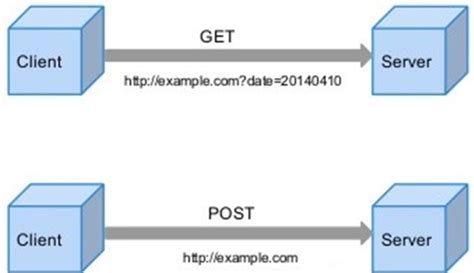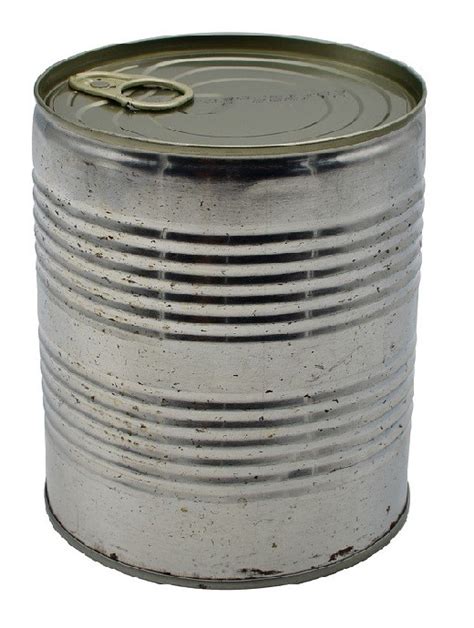How to optimize gym time for maximal strength and lean muscle gains?

In today’s fast-paced world, maximizing the efficiency of your gym time is paramount for achieving serious strength and lean muscle gains. It’s not just about how long you spend in the gym, but how smart you train. By adopting strategic approaches to your workouts, nutrition, and recovery, you can build a more powerful physique without living under the squat rack.
The Foundation: Strategic Program Design
To truly optimize your gym time, your program must revolve around fundamental principles. Prioritize compound movements like squats, deadlifts, bench presses, overhead presses, and rows. These exercises engage multiple muscle groups simultaneously, providing a greater stimulus for growth and strength in less time. Progressive overload is non-negotiable; consistently challenging your muscles with heavier weights, more reps, or increased volume over time is the key driver of adaptation.
Structured training splits, such as full-body workouts three times a week or an upper/lower split, can be highly effective for hitting muscle groups frequently enough for optimal growth and recovery. Avoid aimless workouts; every session should have a clear purpose and a defined set of exercises, weights, and rep ranges.

Mastering Intensity, Volume, and Rest Periods
Finding the right balance of intensity and volume is crucial. For strength, focus on heavier loads (typically 1-5 reps) with longer rest periods (2-3 minutes). For hypertrophy (muscle growth), a moderate rep range (6-12 reps) with slightly shorter rest periods (60-90 seconds) often works best. Don’t be afraid to push yourself to near failure on working sets, but always maintain proper form.
To save time without sacrificing effectiveness, consider incorporating techniques like supersets (performing two exercises back-to-back with minimal rest) or dropsets (reducing the weight immediately after reaching failure on a set). These methods can increase the density of your workouts, but should be used judiciously to prevent overtraining.
Fueling Your Gains: Nutrition and Hydration
Your efforts in the gym mean little without proper fueling. Adequate protein intake is critical for muscle repair and growth, aiming for roughly 0.7-1 gram per pound of body weight. Carbohydrates are your primary energy source for intense workouts and replenish glycogen stores, while healthy fats support hormone production and overall health. Don’t overlook hydration; being well-hydrated is essential for performance, recovery, and nutrient transport.
Pre- and post-workout nutrition play a significant role. A balanced meal containing protein and carbohydrates before training provides energy, and a similar meal afterwards aids recovery. Meal timing doesn’t have to be obsessively precise, but consistency with whole, unprocessed foods will yield the best results.

The Power of Recovery and Sleep
Muscle growth and strength gains don’t happen in the gym; they happen during recovery. Prioritize 7-9 hours of quality sleep per night, as this is when your body repairs and rebuilds. Lack of sleep can impair recovery, reduce performance, and even negatively impact hormone levels crucial for muscle building.
Incorporate active recovery like light cardio, stretching, or foam rolling to improve blood flow and reduce muscle soreness. Managing stress outside the gym is also vital, as chronic stress can elevate cortisol levels, which can hinder muscle growth and fat loss.

Tracking Progress and Consistency
To ensure your gym time is optimized, you must track your progress. Keep a workout log where you record exercises, sets, reps, and weights. This allows you to objectively measure improvement and apply progressive overload effectively. Periodization, which involves varying your training stimulus over time (e.g., alternating between strength and hypertrophy blocks), can help prevent plateaus and keep your body adapting.
Ultimately, consistency is the most powerful tool in your arsenal. Showing up regularly, even on days when motivation is low, and adhering to your program and nutritional guidelines will compound into significant gains over time. Small, consistent efforts will always trump sporadic, intense bursts of activity.

Conclusion
Optimizing your gym time for maximal strength and lean muscle gains is a holistic endeavor that extends beyond the weights themselves. By implementing smart program design centered on compound movements and progressive overload, balancing intensity and volume, fueling your body with proper nutrition, prioritizing recovery and sleep, and meticulously tracking your progress, you can make every minute in the gym count. Remember, intelligence and consistency are the cornerstones of lasting physical transformation.








